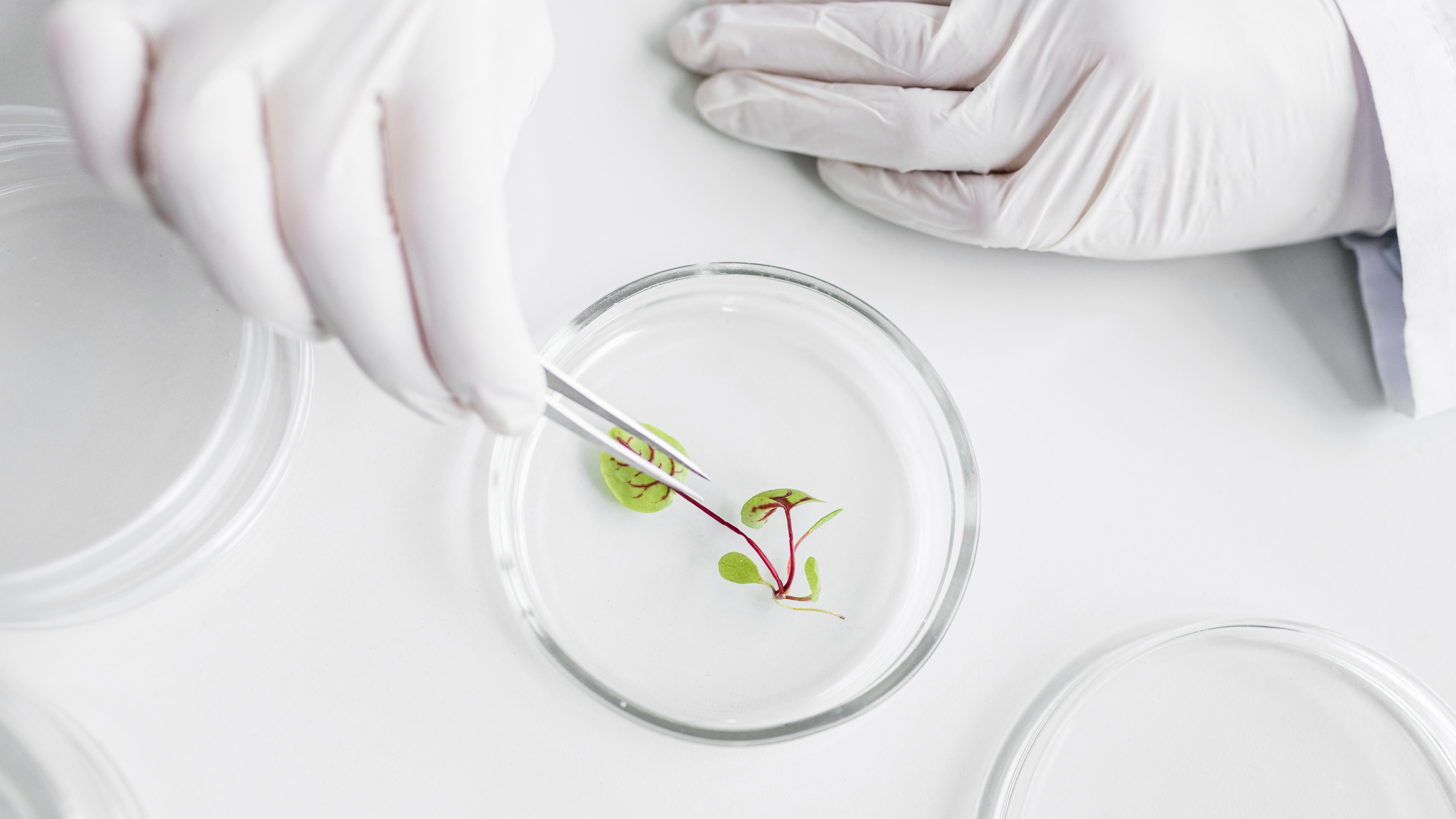
Latest Trends in Biotechnology in 2021
Biotechnology provides a whole new world for research and various experiments. There is so much research going on.
Three of them are here
mRNA vaccine: a revolution to the vaccine industry
Developing vaccines is usually a very lengthy process as it takes approximately 8 years to get approval, which was normal for us but the global pandemic hit us so hard to think of alternative ways to produce vaccines in a shorter period.
For that, so many experiments are going on but the main focus is on mRNA vaccines as they are non-infectious, non-integrating, cell-free, and offer both rapid scalable production with high productivity. This technique basically depends on mRNA encoding antigen genes of an infectious agent and inducing an innate immune response.
Here the key idea for covid 19 is that our immune system works against the particular foreign antigen but it takes some time to learn how to fight with that, so what if we train our immune system to fight against that particular antigen by having our own body to produce it, to do that researchers took the viruses blueprint, it’s RNA and isolated the part which is responsible to produce the spikes.
With the help of this blueprint they produce mRNA, so this can help to produce the spikes, so mRNA vaccines contain the information for the production of spikes, not the virus so that the immune system can kick in and produce the B Cells and memory cells.
There are so many benefits as we don’t get any fever after this vaccine and it is fast to develop as soon as we know the DNA or RNA of that particular virus.
Lignin based nanoparticles
As lignin is the most abundant and natural renewable byproduct of the pulp and paper industry, it is present in a very complex and unordered form having so many excellent properties. Its remarkable absorption capacity and biodegradability and non – toxicity enable it to be an appropriate vehicle for various drug molecules and inorganic particles.
Various other applications are also there like UV absorbents, antioxidant agents, antibacterial agents, etc. Every year about 50 million tons of lignin is generated from the pulp and paper industry and from this, a major part is discarded as waste or burnt to produce heat for electricity which causes various serious problems to the environment.
Approximately 2% is isolated and used for various products. And why this is happening, the main reason is its complex structure and its poor miscibility with a host polymer matrix. To use lignin in a very efficient and eco-friendly way there is only one way as if the structure is changed from complex and unordered to a very simple and ordered manner.
For this nanospheres of lignin are formed. There are many methods to prepare it like self-assembly method, solve exchange method, acid precipitation method, etc.
But some of the challenges which scientists are facing now is that the preparation methods use expensive and environmentally hazardous solvents including DMSO and THF, which are expected to be replaced with water and ethanol. Meanwhile, the production rate is very low. Hoping that we get a better yield and low cost. Eco-friendly products in the future.
Ethanol production as an alternative fuel
It is necessary for the production of alternative fuels to decrease the demand for foreign fuels. For this, our country’s doing so much effort and right now the main focus is on ethanol production by sugarcane molasses.
As ethanol shows a great ability to blend in, our country tries to blend the ethanol in petrol. By 2022, 10% of ethanol and 90 % of petrol and by 2030, 20% of ethanol and 80 % of petrol is going to be used. As this is a great initiative as we all know the ethanol is produced from sugarcane, bamboo, and rotten potatoes which are present in a great amount in our country.
The use of ethanol in fuel blending has long been in use, and this helps in controlling gas emissions but cannot be compared to bio-ethanol in control of greenhouse gas emissions. Bio-ethanol is known to absorb the CO2 they emit; it also improves the rural economy. A lot of materials, especially starchy crops, are used in the production of bio-ethanol.
This research work focuses on the production of bio-ethanol from molasses; a waste from sugar cane industries. Bio-ethanol is regarded as one of the most promising fuels from renewable sources. This study also looks at protecting the environment as the effluent of the bio-ethanol production can be treated before discharging to the open field.
Submitted By
Name – Shivani Pareek
Class – M.Sc. Microbiology Sem 1st
College – Dr. B. Lal Institute of Biotechnology
Made it this far? That means you're curious—and we love that! Ready to test your passion for biotechnology? Click below to find out 👇🏻
Biotechnology Aptitude Test




Your email address will not be published. Required fields are marked *